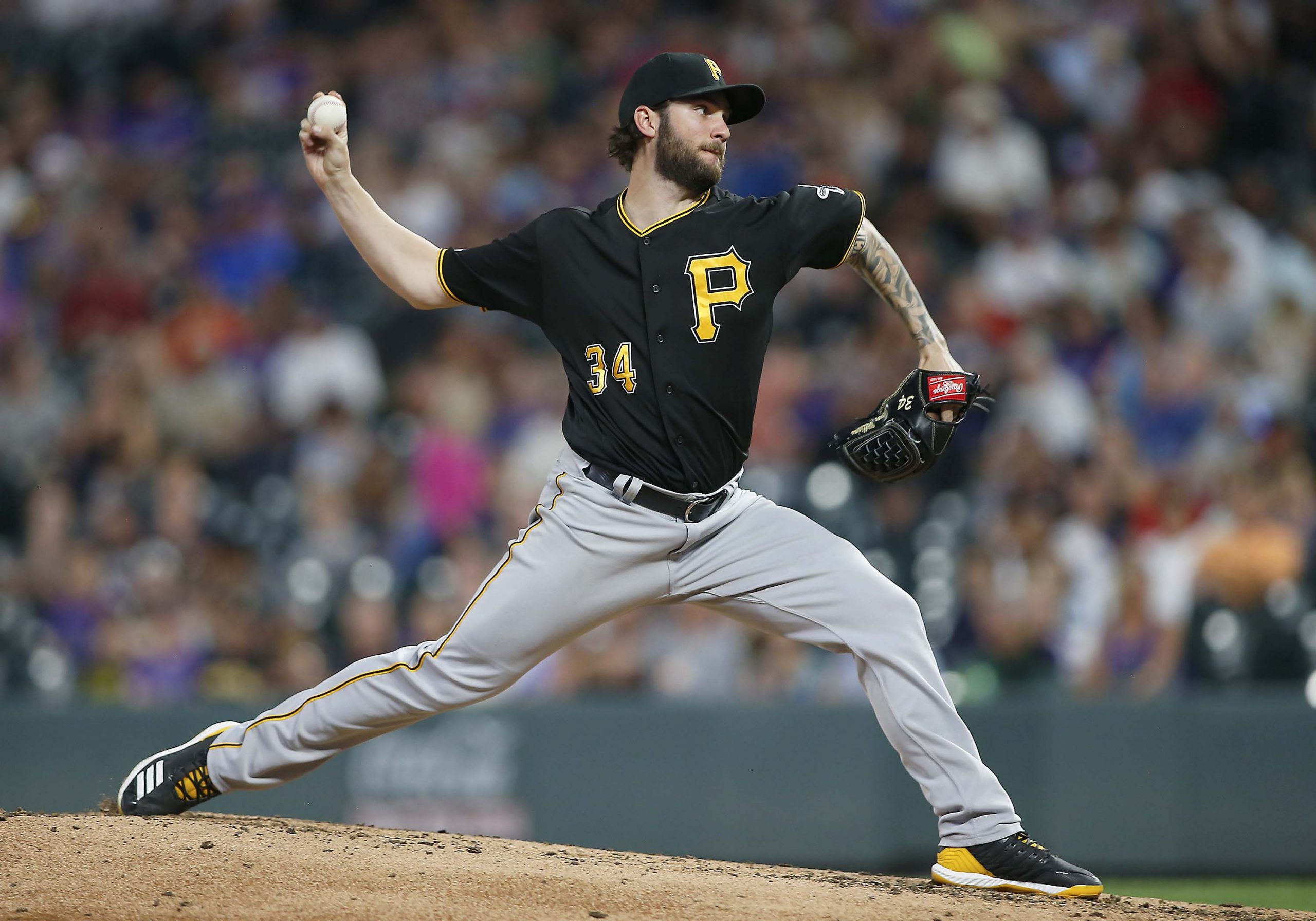August’s Five Worst Starting Pitchers
It seems like pitchers are always evaluated by the same traditional metrics, such as win-loss record, ERA, WHIP, strikeouts per nine innings and walks allowed per nine innings. This is exactly why we’re going against the grain and evaluating pitcher performance by SIERA.
SIERA attempts to measure the underlying skill of a hurler, but unlike FIP and xFIP, it doesn’t ignore balls put in play, and also attempts to give a more accurate picture as to why certain pitchers are better than others. A good SIERA is just like a good ERA — the lower the better.
Here are the five hurlers who struggled the most in August.

Peter Lambert‘s first taste of big-league action hasn’t exactly been all sunshine and rainbows. He’s tossed 74.2 innings for the Colorado Rockies and has struggled to a 6.63 ERA, 1.63 WHIP, 1.93 homers per nine innings, and 0.2 fWAR. His performance has been tough everywhere, but Coors Field has been less kind than road games. At home, he owns a 7.00 ERA in 45.2 innings pitched, with 11 of the 16 homers he’s allowed coming in Denver.
Trevor Williams got his season off to a good start — he posted a 3.33 ERA through his first 54 innings. It’s everything after that’s basically ruined his season-long stats. Over his most recent 65.2 frames, he’s posted a 6.85 ERA. The struggles have been spread out across each of the last three months, too, as his monthly ERA hasn’t been below 6.00 since the start of June. He was able to post his best soft-hit rate (20.2%) and hard-hit rate (28.4%) in August, though.
Whatever the Philadelphia Phillies were expecting to get from Jason Vargas when they traded for him hasn’t really happened. His quality-of-contact numbers haven’t changed much, and while his infield-fly rate has remained high (18.6% with Philly), it’s been accompanied by a rise in line-drive rate (17.6% to 23.6%) and BABIP allowed (.253 to .303). It’s also worth noting that his already-low fastball velocity has gotten even worse since getting traded (84.6 mph before the trade, 83.2 mph after).
When looking at his monthly ERA, Glenn Sparkman has either been really good or really bad for the Kansas City Royals, and there’s no in between. In the four months he’s tossed at least 19 innings, he’s posted an ERA below 4.00 twice and above 7.50 twice. Comparing what he’s done this year to 2018 isn’t too fair because that performance only consisted of 38.1 innings. However, there’s a clear shift in pitch mix, as he’s gotten away from his slider and leaned more heavily on his curveball. That made sense, as opposing hitters posted a 66 wRC+ against his curve and 141 wRC+ against his slider last year. It’s been bad all around in 2019, though, as the opponent wRC+ is up over 120 for both offerings.
Ivan Nova doesn’t exactly fit here because of his super-low ERA. But his peripherals tell a different story, which is why he’s on this list. He managed to limit homers (0.73 HR/9) and strand runners (82.2%) at a higher level in August than he has during any other month of the season, which was a huge help. His curveball has seen a significant drop in production — in 2018, that offering produced a 1.4% walk rate, 42.9% strikeout rate, and a 23 opponent wRC+. Those numbers have changed to 0.0%, 20.5%, and 100, respectively, so far this year.
Add The Sports Daily to your Google News Feed!
